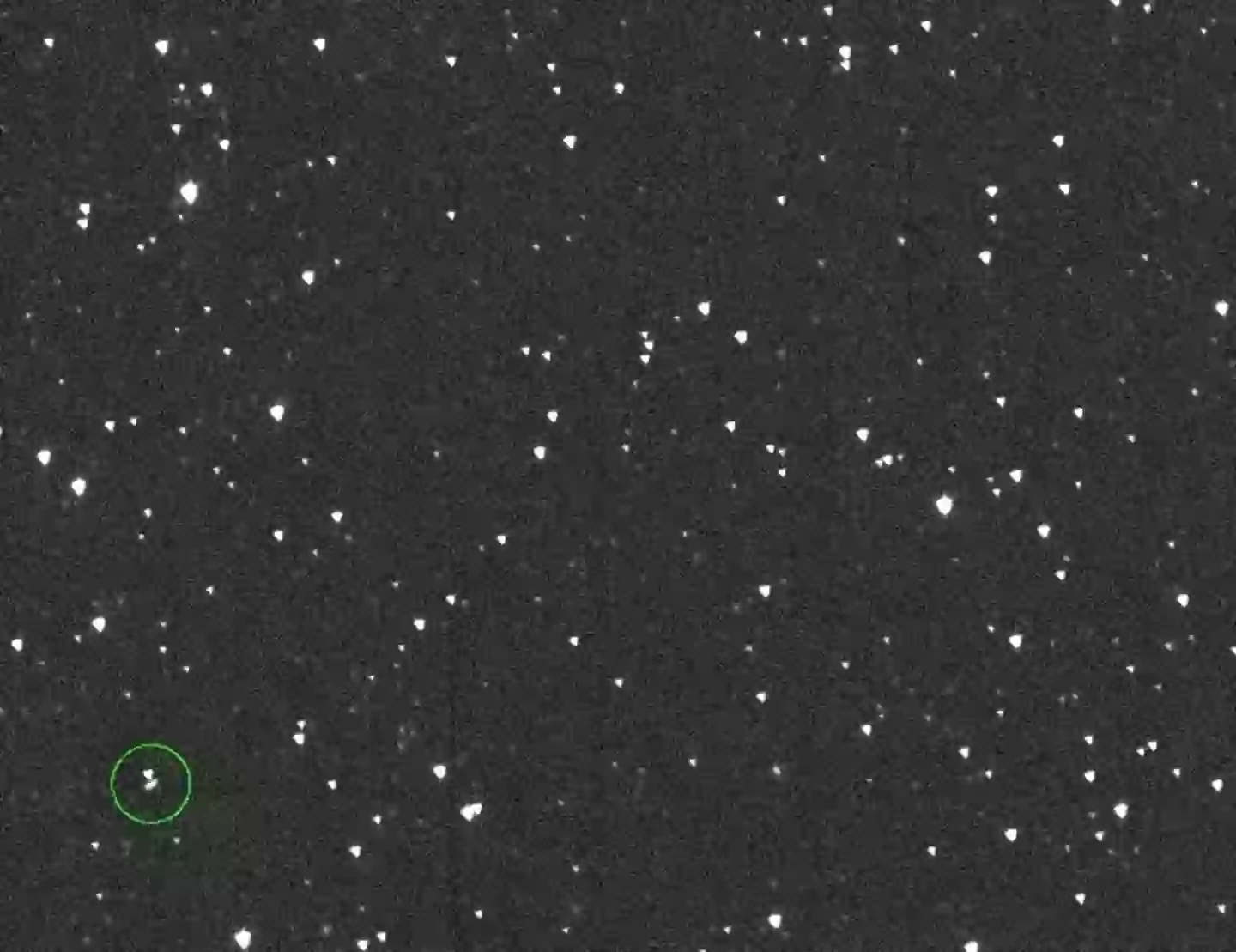
You would be forgiven for being a little worried after NASA said an asteroid as wide as 100 metres had a chance of hitting Earth.
But now, that same asteroid could actually hit the moon, too. The question is what does that mean for us back on the planet, and should we remain worried?
Last week, NASA said that asteroid 2024 YR4 had a small percentage chance of coming in to direct contact with Earth when it circles around the planet in 2032.
Advert
Currently on a path away from Earth, when it circles back around the Sun in seven years time there is a very real chance of smacking in to the planet where it could have a truly devastating impact.
What about the moon?
2024 YR4 was first discovered back in December last year as most of the world were preparing for Christmas Day.
Estimated to be up to 100m at its longest point, it was caught on camera by the NASA-funded Asteroid Terrestrial-impact Last Alert System (ATLAS) based in Chile.
Advert
Right now, there is a 2.3 percent of a collision with the Earth in 2032. But the moon is also in the potential flight path, with the asteroid moving at a very, very fast 17 kilometres per second, or 38,028 miles per hour.
David Rankin, an operations engineer for the University of Arizona's Catalina Sky Survey, took to social media to reveal what would happen if it collided with the moon.

Asteroid and moon risk explained
Rankin revealed on social media platform Bluesky that there is a 0.3 percent chance of a collision with the moon.
Advert
So while the threat means real albeit small, the natural question is what does this mean for us back on Earth, given important a role the moon plays on the planet through controlling the tides, slowing down the rotation of the planet, and helping to create a stable climate.
Speaking to New Scientist, Rankin said: "There is the possibility this would eject some material back out that could hit the Earth, but I highly doubt it would cause any major threat."

And while it wouldn't be a threat to us, it would still be a collision as strong as 340 nuclear bombs equivalent to what was dropped by the United States on Hiroshima. Such an explosion means we'd probably be able to see it on Earth if it was on the side of the moon facing the planet.
"It would likely be very visible from Earth," Rankin said.
Advert
As of now, there is still a 97.9 percent chance of a miss with respect to Earth.
"When the odds doubled from one percent to two percent, this caused a lot of noise. It's not the same thing as going from 40 percent to 80 percent though. This asteroid is nothing to lose sleep over."
Rest easy, guys.
Topics: Science, Space, World News, 2024 YR4